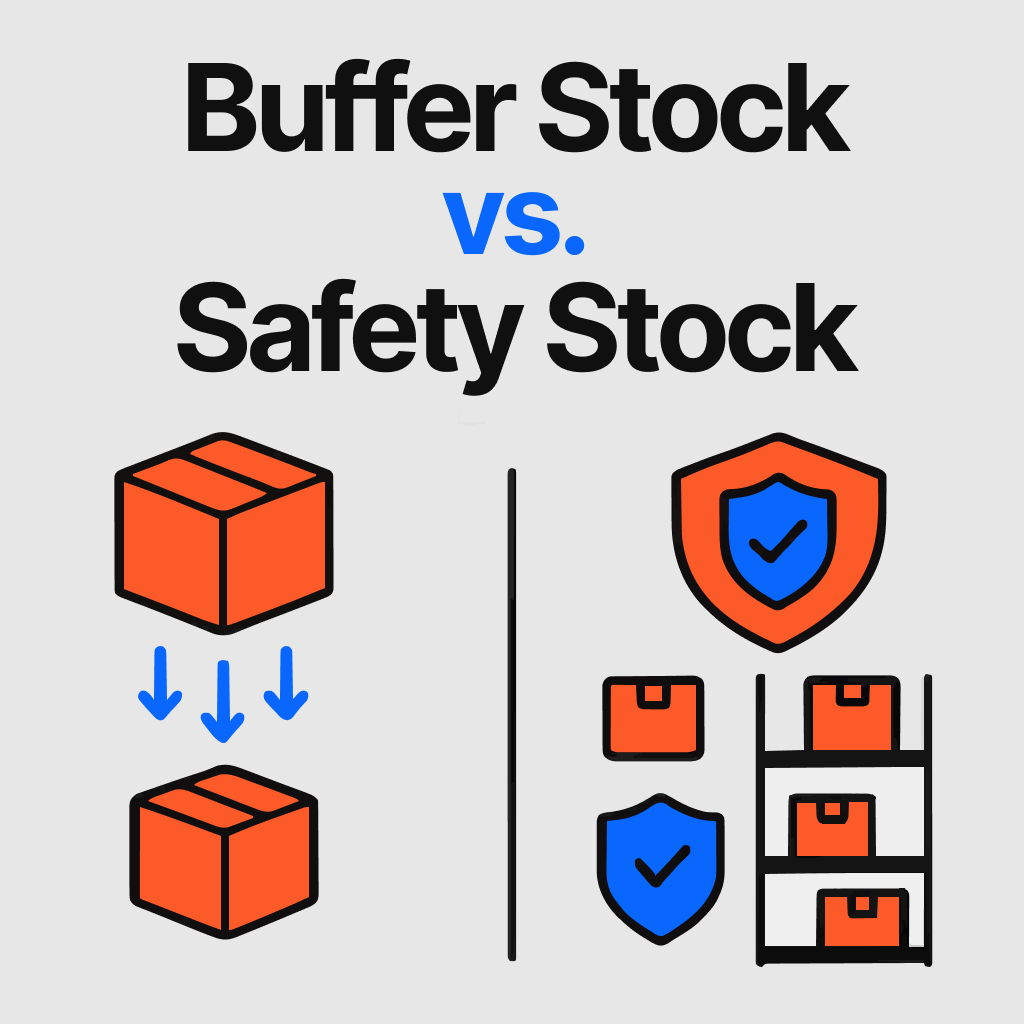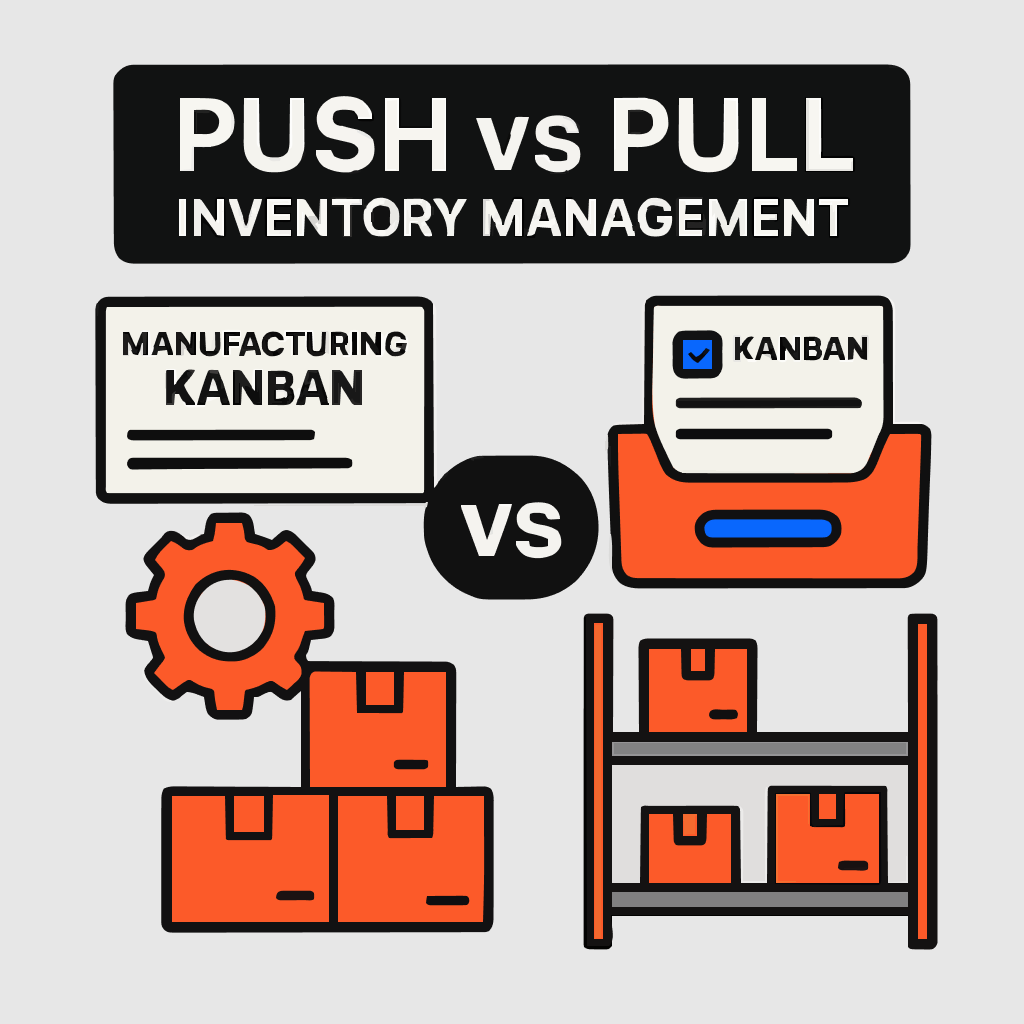Cause 3: Unrecorded Internal Consumption
Not all inventory leaves your facility through customer sales. Often, it's consumed internally for research and development, internal projects, or testing, and this usage goes unrecorded.
For instance, R&D teams may "borrow" components for new product prototypes, or your own production team might use parts from a customer kit for an internal build. Because these transactions bypass the standard sales process, the items are never deducted from inventory, leading to significant discrepancies that only surface during a physical count.
Solution: Track Every Internal Movement with Formal Processes
- Implement a Formal Requisition Process: Treat internal departments as internal customers. Require them to formally "check out" parts through your ERP system to ensure every movement is tracked.
- Use a Kanban System for Consumables: For high-volume, low-cost items that are difficult to track individually, a Kanban system can be highly effective. When a bin is empty, it triggers both a reorder and an inventory adjustment.
- Process Internal Orders Through Your Existing System: A straightforward approach is to process internal orders using your current e-commerce or ERP platform with a 100% discount code. This ensures items are properly deducted from inventory.
Cause 4: Inaccurate Bill of Materials (BOMs)
Your ERP system relies on the Bill of Materials to deduct component quantities when a finished good is produced. If your BOM is inaccurate, every production run introduces errors that compound over time. This is especially problematic for low-value, high-volume consumables like fasteners, adhesives, or other small parts that are difficult to track with precision.
Some companies, out of frustration, remove these items from their ERP system altogether. While this simplifies tracking, it inevitably leads to unexpected stockouts at the most critical moments.
Solution: Ensure Your BOMs Reflect Reality
- Regularly Audit and Update Your BOMs: Systematically review your Bills of Materials to ensure they accurately reflect the real-world consumption of components in production.
- Implement Focused Cycle Counting for Critical Components: Prioritize frequent cycle counting for essential BOM components to catch discrepancies before they escalate.
- Utilize Vendor-Managed Inventory (VMI) for Consumables: For items that are particularly difficult to track, a VMI or a simple two-bin Kanban system can ensure a consistent supply without requiring perfect transactional data for every item consumed.
Stop Stockouts Before They Start
Lorem ipsum dolor sit amet, consectetur adipiscing elit. Suspendisse quis orci nec diam iaculis cursus. Curabitur fermentum lorem nec posuere egestas.
Make Free Reorder CardsCause 5: Inventory Shrinkage from Theft, Fraud, and Loss
Inventory shrinkage refers to losses from factors other than legitimate sales, with theft being a major contributor. In the U.S., employee theft is estimated to cost businesses around $50 billion annually. This includes internal theft, external theft, and supplier fraud. Shrinkage is a silent profit killer that can go undetected for months, eroding your inventory accuracy and your bottom line.
Unlike other causes, shrinkage is often intentionally concealed, making it particularly challenging to address. These preventable losses create a false sense of security in your stock levels, leading to stockouts and skewed demand planning.
Solution: Implement Comprehensive Security and Verification Measures
- Strengthen Security and Access Controls: Implement robust physical security measures and restrict access to high-value storage areas. Ensure that only authorized personnel can make inventory adjustments in your system and maintain a clear audit trail for all changes.
- Verify All Incoming Shipments: Never blindly trust vendor packing slips. Institute a systematic verification process for all incoming shipments to protect against both unintentional errors and deliberate fraud.
- Continuously Monitor with Audit Logs and Cycle Counting: Leverage your inventory system's audit logs to track adjustments and identify unusual patterns that could indicate theft. Regular cycle counting will help detect shrinkage much faster than waiting for an annual physical count.
Your Journey to Inventory Excellence Begins Now
You are now equipped with a clear roadmap to address the five primary causes of inaccurate inventory: human error, unmanaged defective goods, unrecorded internal consumption, inaccurate BOMs, and shrinkage. Each of these challenges has a proven, implementable solution that can systematically transform your operations.
Achieving exceptional inventory accuracy is not about finding a single magic bullet. It's about building a resilient system of consistent, interconnected processes. The manufacturers who consistently operate at 95% accuracy or higher understand that this systematic approach delivers compounding benefits, including lower costs, happier customers, and a more profitable business.
In today's competitive landscape, mastering inventory management is not just an advantage, it's a necessity. The question is no longer if you can achieve this level of control, but how quickly you will implement these proven strategies to get there. Your most efficient and profitable operations are within reach.
%201.svg)








.svg)














.svg)
.svg)

.svg)